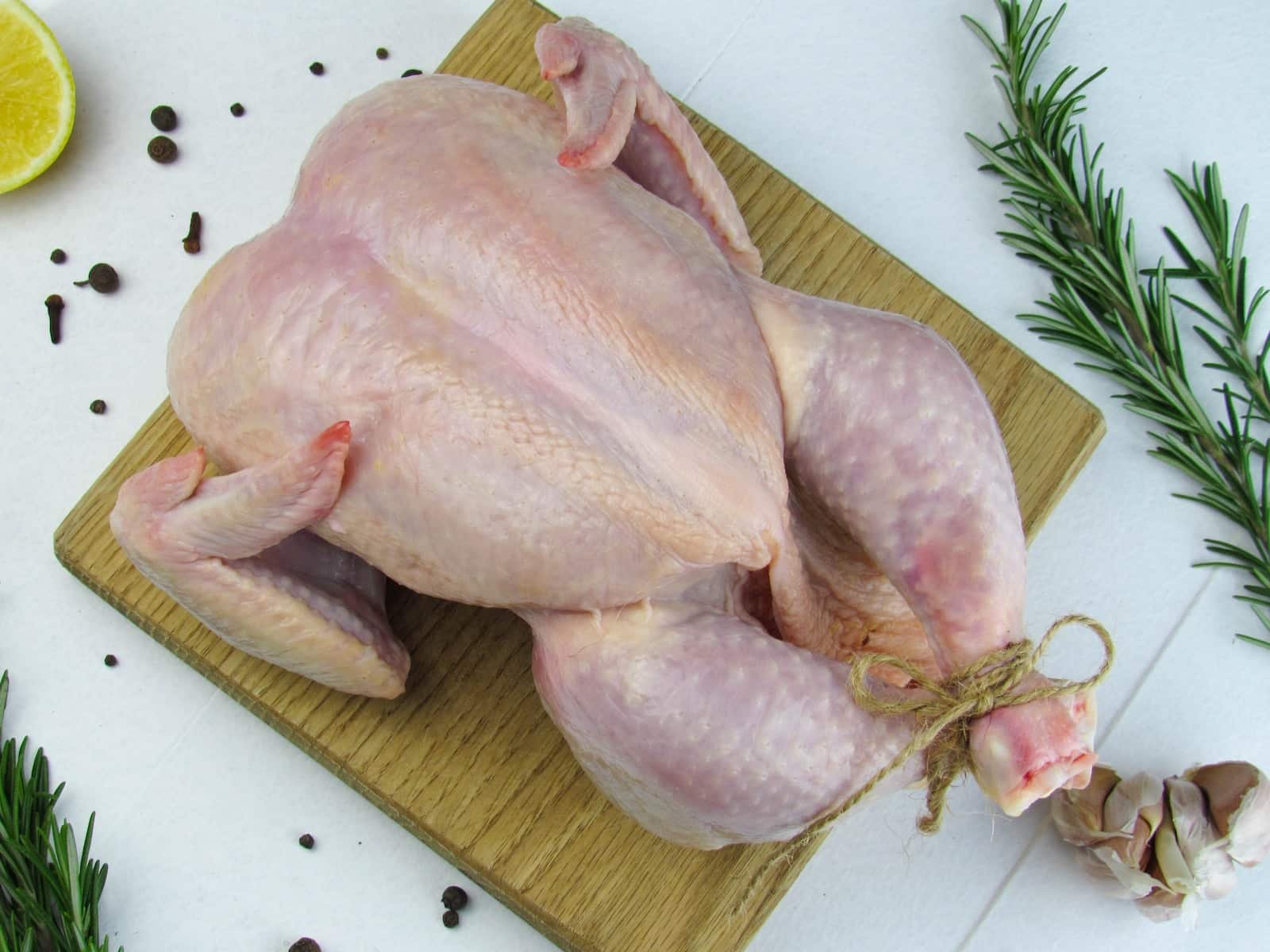Chicken is one of the most versatile proteins out there, but it’s also one of the easiest to mishandle, potentially leading to foodborne illnesses.
No worries, though! I’m here to guide you through the process of freezing chicken safely, so you can keep your meals delicious and your family healthy.
Freezing chicken isn’t just a matter of tossing it into the freezer and forgetting about it. There’s an art and science to it! So, let’s dive in and learn how to freeze chicken the right way.
Before we even talk about freezing, let’s start at the beginning. When you’re at the store, pick up your chicken last to keep it cool as long as possible, and use a separate plastic bag to prevent cross-contamination. At home, if you’re not planning to cook the chicken within 1-2 days, it’s time to think about freezing.
The CDC advises against washing raw chicken. Why? Because washing can easily spread chicken juices around your kitchen – onto countertops, other food, and utensils – and with those juices come potential pathogens like Salmonella and Campylobacter. Instead of washing, just pat the chicken dry with paper towels.
Think about your meals ahead of time. If you’re likely to cook one breast at a time, don’t freeze all of them together in a giant chicken iceberg. Instead, freeze them individually. This way, you can defrost exactly what you need, which is both safe and convenient.
Air is the enemy of frozen chicken. It causes freezer burn, which can affect the taste and texture of your meat. Remove as much air as possible from the packaging. You can use freezer bags, plastic wrap, or aluminum foil. If you have a vacuum sealer, that’s even better. Make sure to label each package with the date, so you know when it needs to be used.
Now for the actual freezing. Place the wrapped chicken in the coldest part of your freezer, ensuring that it’s not in contact with any items that could contaminate it. If you’re freezing multiple pieces, make sure there’s space between them to allow for cold air to circulate and freeze them quickly. Once frozen solid, you can stack them to save space.
When you’re ready to use your chicken, never defrost it on the counter! Room temperature is a breeding ground for bacteria. Instead, there are three safe ways to defrost chicken:
Yes, you can cook chicken straight from frozen in the oven or on the stove! Just remember that it will take about 50% longer than thawed chicken. Always ensure that the internal temperature reaches 165°F (74°C), as recommended by the FDA.
The USDA says you can freeze chicken pieces for up to nine months and a whole chicken for up to a year. However, for the best quality, I like to use it within six months.
By following these tips, you’ll ensure your frozen chicken remains a safe and tasty component of your meals. Remember, good food safety practices don’t just end at the freezer door. Keep that thermometer handy, and always cook chicken to the right temperature.


